Chemists in Australia have identified three new recreational drugs. Their effects are likely to be similar to ecstasy and ketamine. However, it’s not yet known how dangerous these substances are or what health impacts they have on the user.
New psychoactive substances (NPS) are a diverse group of synthetic drugs that mimic the effects of established illicit drugs, such as cocaine, heroin and ecstasy. Constantly evolving to evade legal control and detection, NPS pose challenges for drug surveillance, regulation and public health.
Based in Canberra, CanTEST is Australia’s only drug-checking service. Its aim is to test substances in the presence of the client who has submitted them and return the results directly, but in June last year on-site analysis proved inconclusive for three submitted substances. They were sent to chemists at the Australian National University (ANU) School of Chemistry who characterised the drugs using NMR, high resolution gas chromatography-electron ionisation-mass spectrometry and liquid chromatography-electrospray ionisation-mass spectrometry. ‘This is the first report in the primary literature of these substances as recreational drugs,’ says ANU’s Malcolm McLeod, chemistry lead at CanTEST.
The first drug, which the client believed to be a version of Ritalin (used to treat ADHD), turned out to be a new cathinone variant (4-fluoro-α-pyrrolidinoisohexanophenone (4F-α-PiHP)). Cathinones are a family of stimulants that in some cases have proven lethal. ‘Although there are a range of cathinone variants circulating in the community, finding a new one is obviously of concern because we don’t know how it will affect people or what the health consequences are,’ says McLeod.
The second substance analysed, which the client believed to be a ketamine-like substance, was a new type of benzylpiperazine (BZP) stimulant (4-fluorobenzyl)-4-methylpiperazine (4F-MBZP). BZP is often used as a substitute for ecstasy. ‘While derivatives of these stimulants first emerged in New Zealand in the early 2000s, we actually don’t know a lot about them,’ he says.

The third substance was a new phenethylamine drug, N-propyl-1,2-diphenylethylamine (propylphenidine). Phenethylamines are a category of stimulants including amphetamine, methamphetamine and ecstasy.
The drugs are probably made in well-equipped laboratories overseas, sold on the internet and shipped to Australia, says McLeod. ‘In some parts of the world, the manufacture of such substances may not even be illegal as they are not scheduled drugs,’ he says. ‘In Australia and the UK, I am sure these would be accounted for under ‘analogue laws’ that account for small variations in structure and schedule broader classes of drugs. There was a huge surge in the development of such new psychoactive substances in the 2000s and 2010s that is starting to wane a little. Only 40 new drugs were reported last year by the European Monitoring Centre for Drugs and Drug Addiction, for example.’
It’s not the first time CanTEST has detected new substances circulating in the community. In October 2022, chemists discovered a recreational drug that shared similar qualities to ketamine but had a unique chemical make-up. The drug had not been seen in Australia before.
‘New drugs arrive on the scene every year as illegal labs are always looking for new products to make money,’ comments Valerie Curran, an emeritus professor of psychopharmacology at UCL. She points out that the first UK drug testing facility opened in Bristol in January. ‘It is for frequent or dependent drug users to get their street drugs tested (so narrower population than CanTEST). I don’t think it has associations with university chemistry or pharmacology labs but this could be a great way forward for them.’
References
JL Algar et al, Drug Test. Anal., 2024, DOI: 10.1002/dta.3637
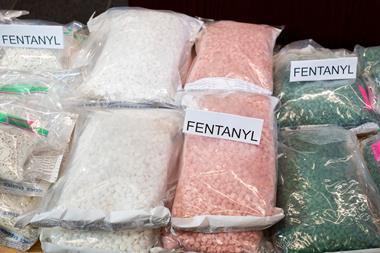
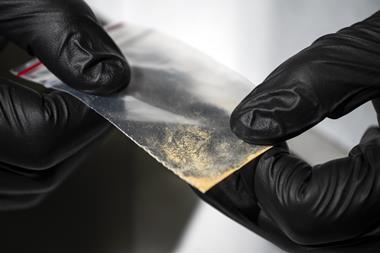
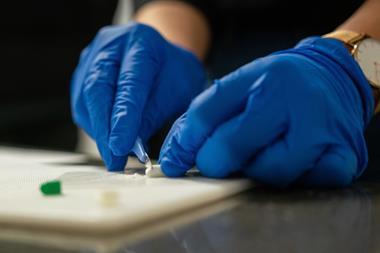
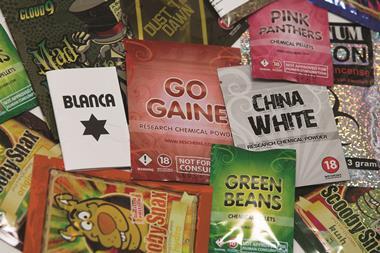
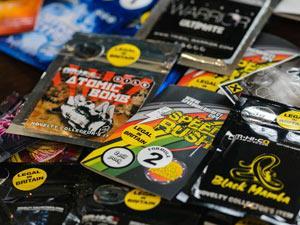







No comments yet